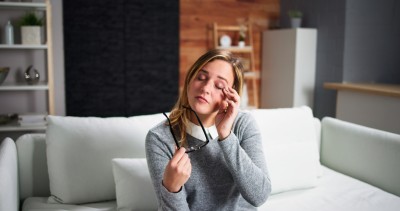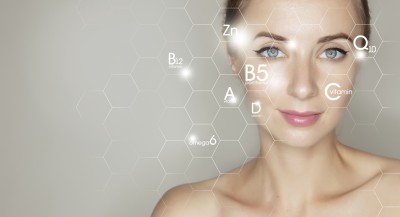Free shipping for orders over 39.00€
The secrets of sun protection for a cloudless summer!

We all need to let ourselves into the warm embrace of the life-giving sun, for a few moments of pleasure and carelessness. However, nowadays, science has set the alarm: excessive sun exposure can cause photoaging, wrinkles, freckles, spots, and unfortunately, very often, skin cancer – it has been found to be one of the 10 types of cancer that occurs most frequently in Europe, due to environmental and lifestyle changes in recent years.
Still, that doesn't mean we have to live in fear. Following the advice of experts, we can enjoy sun’s benefits safely!
SPF, UVA, UVB the “keywords” to sun protection
You see these acronyms on every sunscreen product. But do you know what they mean?
SPF is the term indicated on all sunscreens and means Solar Protection Factor. This indicator refers exclusively to protection from UVB rays and ranges from 2 to 50 – the minimum and the maximum number of protections.
UVB are the ultraviolet rays responsible for the main cause of a burn, causing damage to the upper layer of the skin and, cumulatively, are likely to cause skin cancer. UVA rays penetrate the body to a greater depth and are responsible for aging and wrinkles, while in the long term they can also cause cancer. "Broad-spectrum sunscreens" protect against both types of radiation.
How can we protect our skin?
We avoid sun exposure from 11:00 to 16:00, when solar radiation causes maximum damage to the skin and becomes dangerous for our health.
We add sunscreen– the right quantity is at least two tablespoons for the whole body – half an hour before exposure to the sun so that it is completely absorbed by the skin. If we want protection only on the face, neck, and hands, we calculate a quantity equivalent to two teaspoons.
We apply our sunscreen 30 minutes before we are exposed to the sun, so that we are fully protected from the first minute.
We renew our sunscreen every two to four hours. We renew again whenever we swim, sweat, wipe ourselves, or be exposed to the intense sun for a long time.
Before buying, we check the sunscreen protection index (SPF) and the marking of protection from UVA – UVB radiation. Protection Index 50+ offers maximum protection. The lowest indicator recommended by dermatologists, regardless of our skin type, is 15. Sunscreens with SPF index 2 or 4, however much they smell good, are not suitable for sun exposure.
The more "stars" the product we choose has, the more protection from UVA rays it offers. The scale of stars ranges from 1 to 5, although some brands simply refer to them as" medium "and" high " protection.
For better results, we prefer water-resistant sunscreens. However, it should be remembered that no sunscreen is completely waterproof. We search for the relevant indication on the product label because not all sunscreens are waterproof.
We choose sunscreen based on the phototype and the needs of our skin.
If our skin is dry, we choose sunscreen that protects and deeply moisturizes the skin at the same time.
For oily skin, we choose sunscreen with a light texture, which does not overload the sebaceous glands and provides a matte effect on the skin.
For older ages, sunscreen with intense antioxidant and moisturizing action is recommended.
For babies and young children, whose skin is particularly sensitive, we use a sunscreen product with a protection factor of at least 30 SPF. At the same time, we wear children's hats and t-shirts and protect children's ears, lips and feet.
The shelf life of sunscreen varies from 2 to 3 years. However, it is of the utmost importance to the product’s duration the way we preserve it. High temperatures or humidity may damage the protective ingredients and not provide the necessary protection.
Whoops, I got sunburned! Now what?
When you spot signs of sunburn, immediately head to the shade, protect your head with a hat, dress the body in a light fabric and use high-protection sunscreen.
Wash with cold or even lukewarm water (hot water is forbidden) to calm the skin. Do not exfoliate or shave the irritated area and use mild cleansing products so as not to cause more irritation.
Drink plenty of water in order to stay hydrated, cool, and regain the necessary levels of moisture in the body.
Use soothing after sun products with moisturizing ingredients (such as aloe, coconut or, shea butter). On the face, apply healing masks or products designed specifically for sensitive skin. Store these products in the refrigerator so that they freshen you up more during application if you can.
Avoid sunbathing until your skin has fully recovered, and protect it by staying in the shade, wearing comfortable clothes, hats, and sunglasses.






